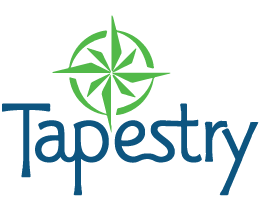Temperature and Daily Self Screening Protocol
Temperature and Daily Self Screening Protocol
Students and Faculty/Staff will self-assess and self-monitor symptomology daily prior to coming to school (or getting on the bus) to avoid exposure on campus, and monitor during the day. Parents will be needed to support their children and this procedure prior to student travel/school entry.
- According to CDC guidance, symptoms may appear between 2 and 14 days after exposure to the virus. If there are any concerns, individuals shall communicate them with the building administrator and stay home.
- Parents/guardians must carefully observe their child for COVID-19 symptoms. Staff members must also observe his/herself and their students for COVID-19 symptoms:
- Fever (100°F or greater) or chills
- Cough
- Shortness of breath or difficulty breathing
- Fatigue
- Muscle or body aches
- Headache
- New loss of taste or smell
- Sore throat
- Congestion or runny nose
- Nausea or vomiting
- Diarrhea
- All individuals shall self-evaluate daily by asking the following questions before getting on the bus or entering school:
- Have you experienced symptoms of COVID-19 such as fever (temperature of 100°F or above) or chills, muscle or body aches, cough, shortness of breath or difficulty breathing, fatigue, headache, sore throat, nasal congestion or runny nose, nausea or vomiting, diarrhea, or new loss of taste and/or smell in the past 10 days? Answer “yes” only if you are experiencing a new onset of symptoms OR you are experiencing a change in symptoms from your baseline if you have a known pre existing medical condition (e.g. asthma, allergies).
- Is your temperature 100 degrees Fahrenheit or greater today?
- Have you tested positive for COVID-19 in the past 10 days?
- Have you had contact with anyone confirmed or suspected of having COVID-19 in the past 10 days?
If anyone answers “yes” to any of these 4 questions, they are to stay home and follow appropriate student or staff call-in procedures.
- Students at elementary buildings will be reliant on their parent/guardian, while secondary students may assist their parent/guardian in their screening and monitoring.
- Temperature screening will be conducted at each school building in the event a temperature was not taken at home prior to a student or staff member coming to school.
- Electronic doorway temperature scanners will be placed at (2-3) identified entry points to each building; Two (2) paraprofessionals will monitor each scanner to assist students to the nurse’s office if a temperature is above threshold or if answers to any of the self-screen questions is Yes.




